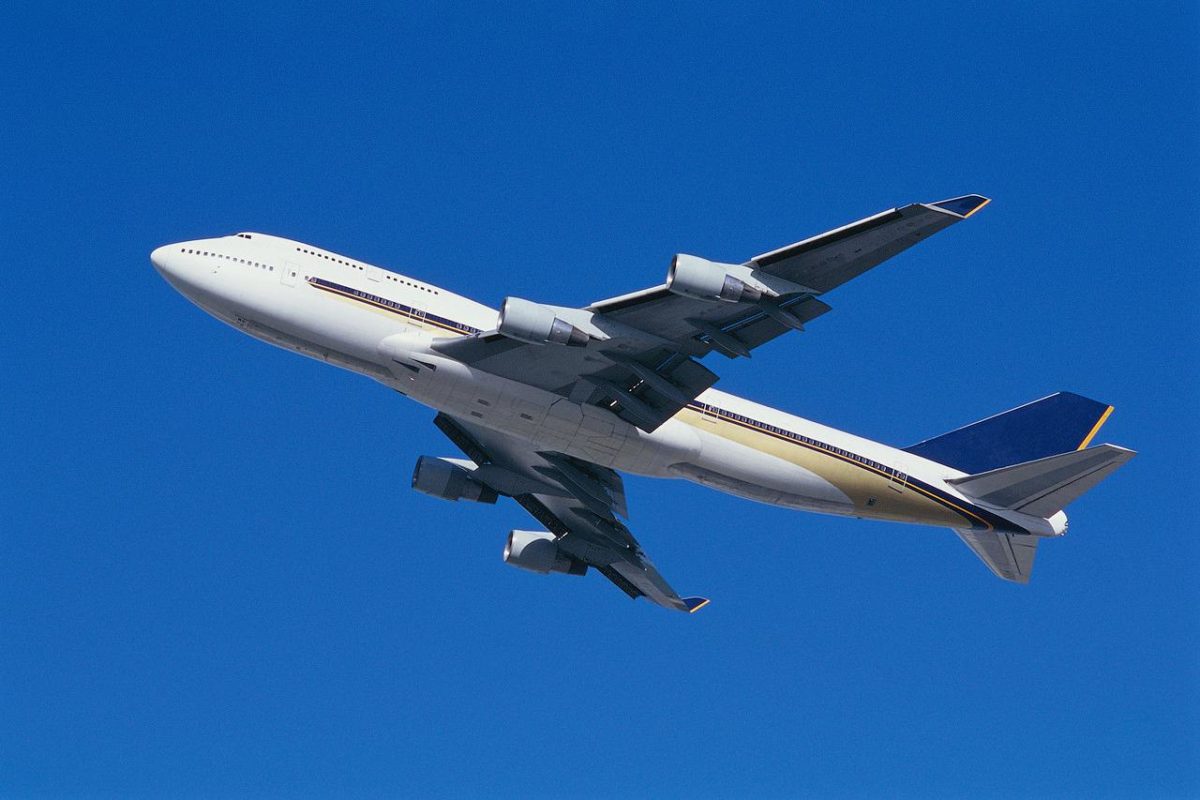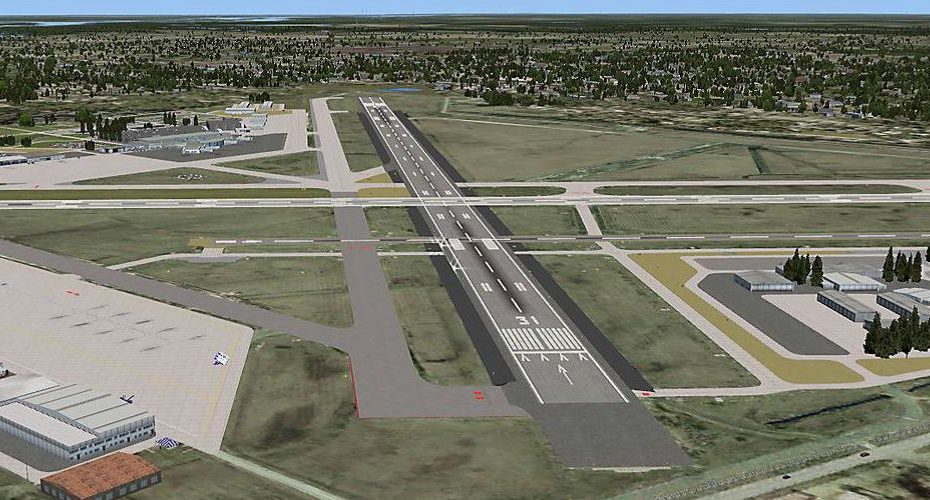A Multimodal Transportation includes Airports, Highways and Ports which are all affiliated with the movement of people and goods. These Modes have similar basic infrastructure needs such as Land, Roads, Drainage and Electrical. Those modes also utilize similar aspects such as economic impact/feasibility studies, wetland services and geographic information services (GIS).

G.E.C. has a unique understanding of the multimodal concept and its application in today’s market. Multimodal transportation (also known as combined transportation) is the transportation of goods under a single contract, but performed with at least two different means of transport, the carrier is liable for the entire carriage even though it is performed by several modes of transport (by rail, air, sea and roads) the carrier does not have to possess all the means of transport and in practice usually does not, the carriage is often performed by sub-carriers (referred to in legal language “actual carriers”). The carrier responsible for the entire carriage is referred to a multimodal transport operator or MTO. Freight forwarded has become important MTO’s.
Government Owned
Airports are an intricate part of the Multimodal Transportation System. Airports are nationally known as economic development engines for the communities they serve. Airports are required to strive for self- sufficiency from a financial standpoint thus eliminating the burden on local tax dollars to support the airport operations. Airports possess unique Tax Incentives that run “in perpetuity” with improvements owned by the airport. There are also desirable financing abilities associated with long term leasing arrangements that enhance developments for aeronautical and non-aeronautical uses.
Marina’s, Ports, Harbors and Water Transports are other multimodal transportation modes. They are included in the economic development engines. They strive to be self-sufficient in the community they serve from a financial standpoint thus eliminating the burden on local tax dollars to support the operation. These facilities also possess unique tax incentives that are “in perpetuity” with improvements owned by local government. There are also desirable financing capabilities associated with long term leasing arrangements that enhance development opportunities.
